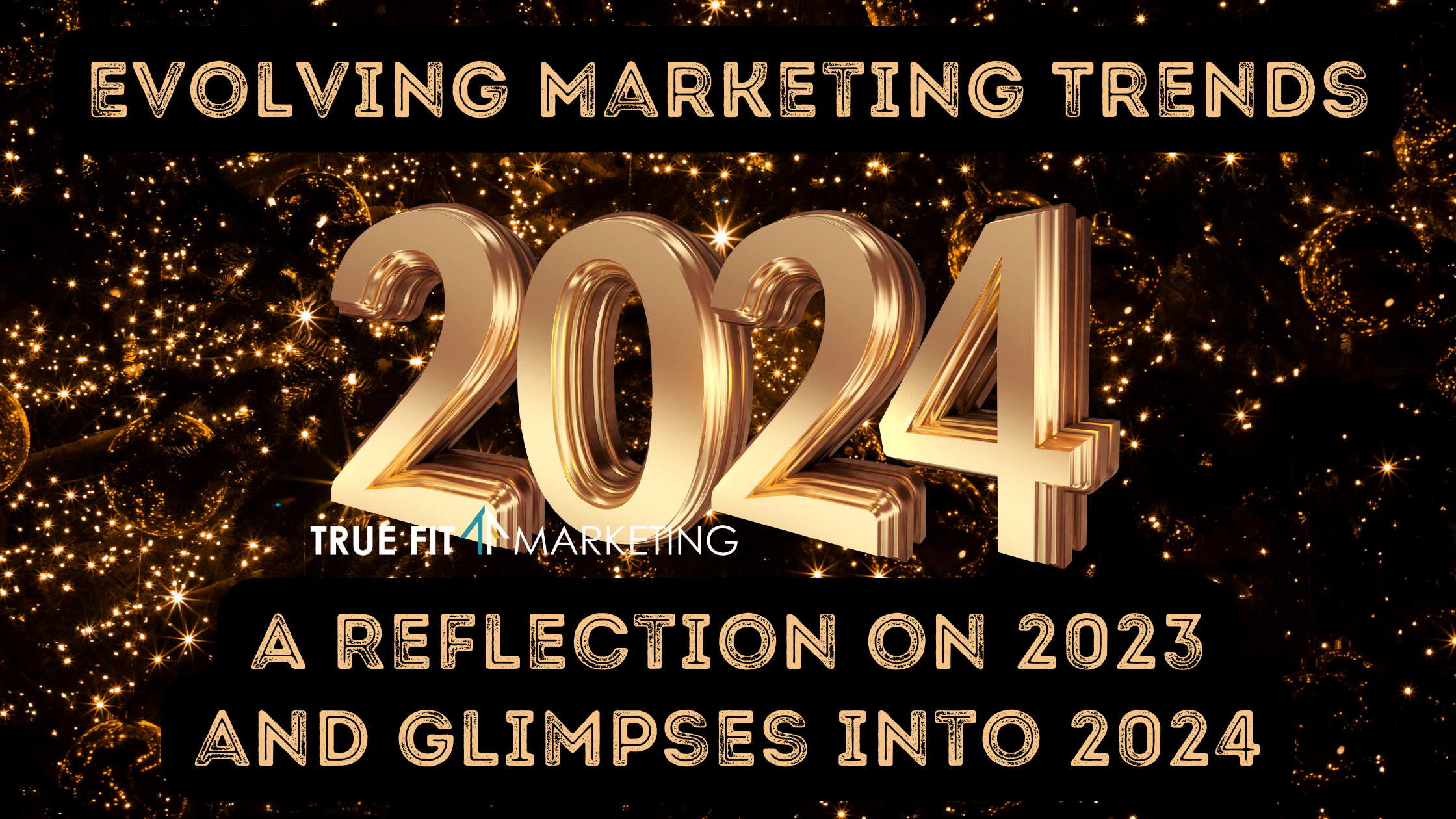
As the year draws to a close, it’s time to look back at the transformative journey that marketing has undergone over the past year. However, it’s also crucial to anticipate the exciting changes that lie ahead in 2024. Marketers should leverage these changes to benefit their business, as the future is unpredictable, and we can watch it all unfold and learn as we go. So, let’s take a look at what happened in marketing this year, how it may have affected your business, and some new things to try in 2024!
Rise of Personalization
Marketing has experienced a significant shift towards hyper-personalization in 2023. From email to social media and even in Hulu and Netflix ads, customers expect tailored experiences. Successful businesses have embraced this by leveraging AI-driven algorithms to understand consumer behavior. Moving forward, refining personalization strategies will continue to be key in capturing audience attention.
Emergence of Immersive Technologies
In 2023, augmented reality (AR) and virtual reality (VR) became more prevalent tools in marketing campaigns. Businesses found innovative ways to engage customers, from virtual try-ons to interactive product demonstrations. In 2024, integrating these immersive technologies into your marketing playbook could be a game-changer and a new way to do business.
Sustainable Marketing Practices 
Consumers are increasingly conscious of environmental and social issues, and brands that embraced sustainable marketing practices in 2023 witnessed positive responses. In 2024, incorporating eco-friendly practices and communicating your commitment to social responsibility will not only resonate with your audience but also contribute to long-term brand loyalty.
Video Continues to Reign
Once again, video reigned supreme in the marketing world in 2023, with short-form videos gaining immense popularity. Platforms like TikTok, YouTube Shorts, and Instagram Reels became powerful marketing tools. In the coming year, investing in high-quality, engaging video content will remain pivotal for maintaining a strong online presence.
Steady Uprise in Influencer Marketing
In 2023, influencer marketing evolved beyond celebrity endorsements. Micro and nano-influencers gained prominence due to their authentic connections with niche audiences. Collaborating with influencers who align with your brand values will continue to be a successful strategy in 2024.
AI-Driven Analytics
Thanks to AI-driven analytics and their tools, data-driven decision-making reached new heights in 2023. Predictive analytics and machine learning algorithms helped marketers anticipate trends and optimize campaigns. Businesses should further invest in refining their analytical capabilities to stay ahead in 2024.
Community Building
In 2023, the power of community-driven marketing became evident. Building a loyal community around your brand fosters trust and encourages word-of-mouth marketing. Businesses should focus on nurturing relationships with customers, turning them into brand advocates in 2024.
The Bottom Line
The marketing landscape underwent remarkable changes in 2023, and the trends suggest that 2024 will be equally dynamic. As a business owner, embracing these shifts and staying agile in your marketing strategies will position your brand for success in the ever-evolving digital landscape. Here’s to a prosperous and innovative year ahead!


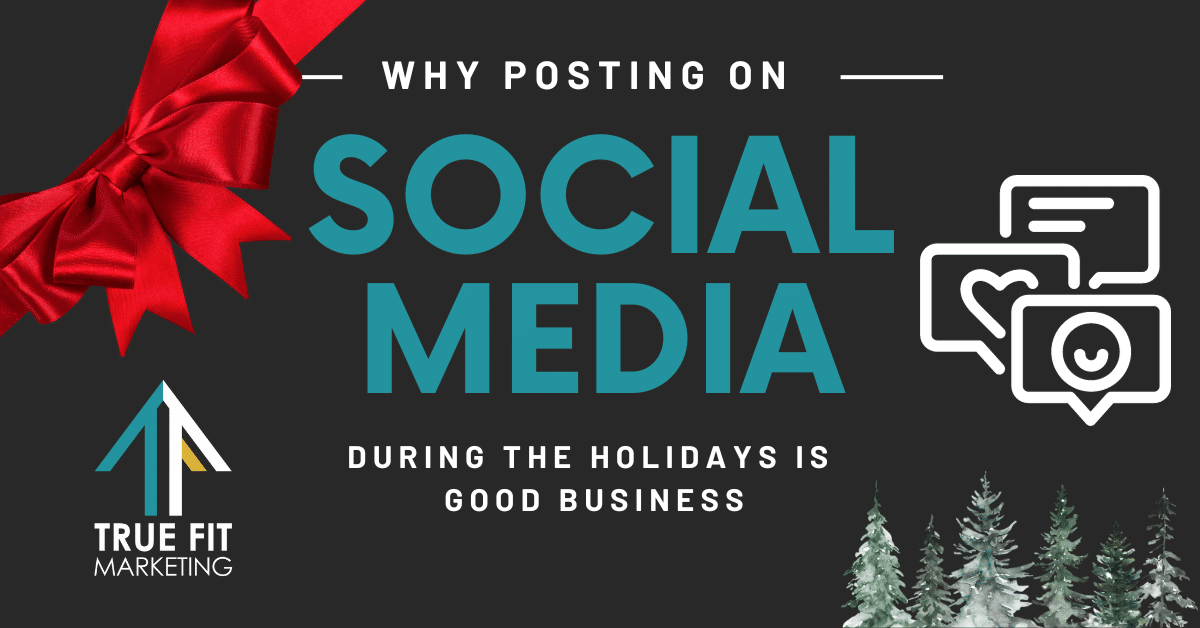
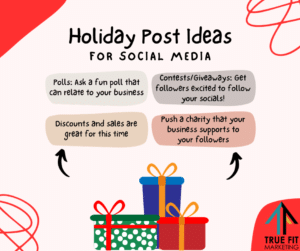 The Holidays are Fun
The Holidays are Fun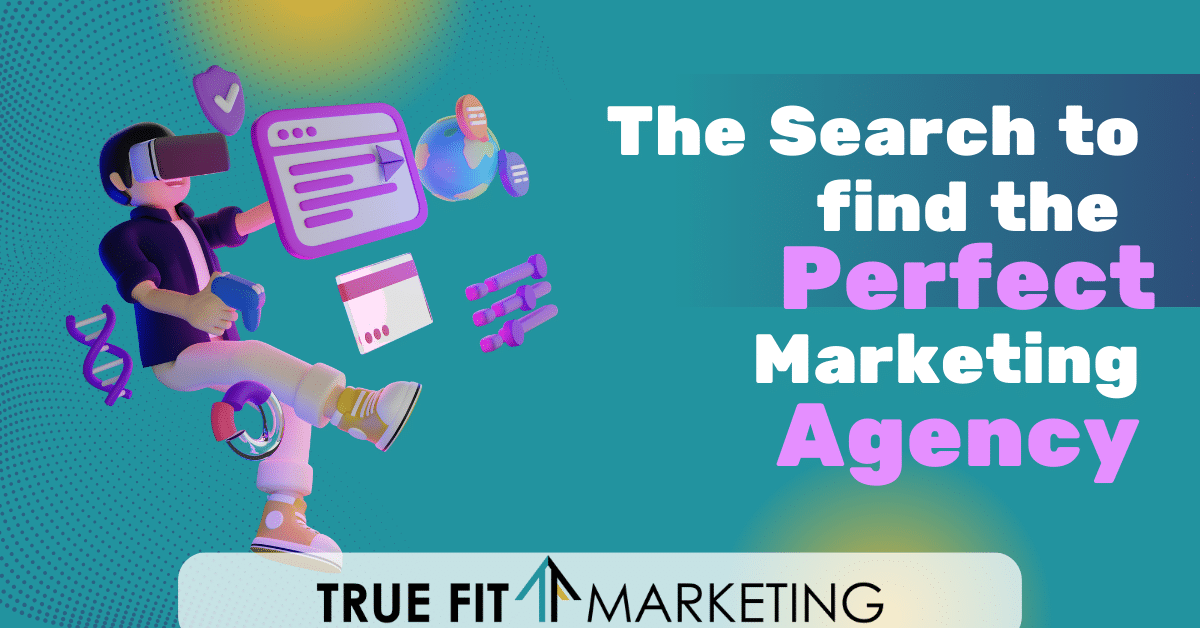
 How Working With An Agency Can Benefit Your Business
How Working With An Agency Can Benefit Your Business

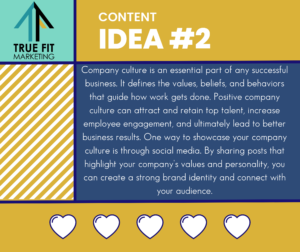


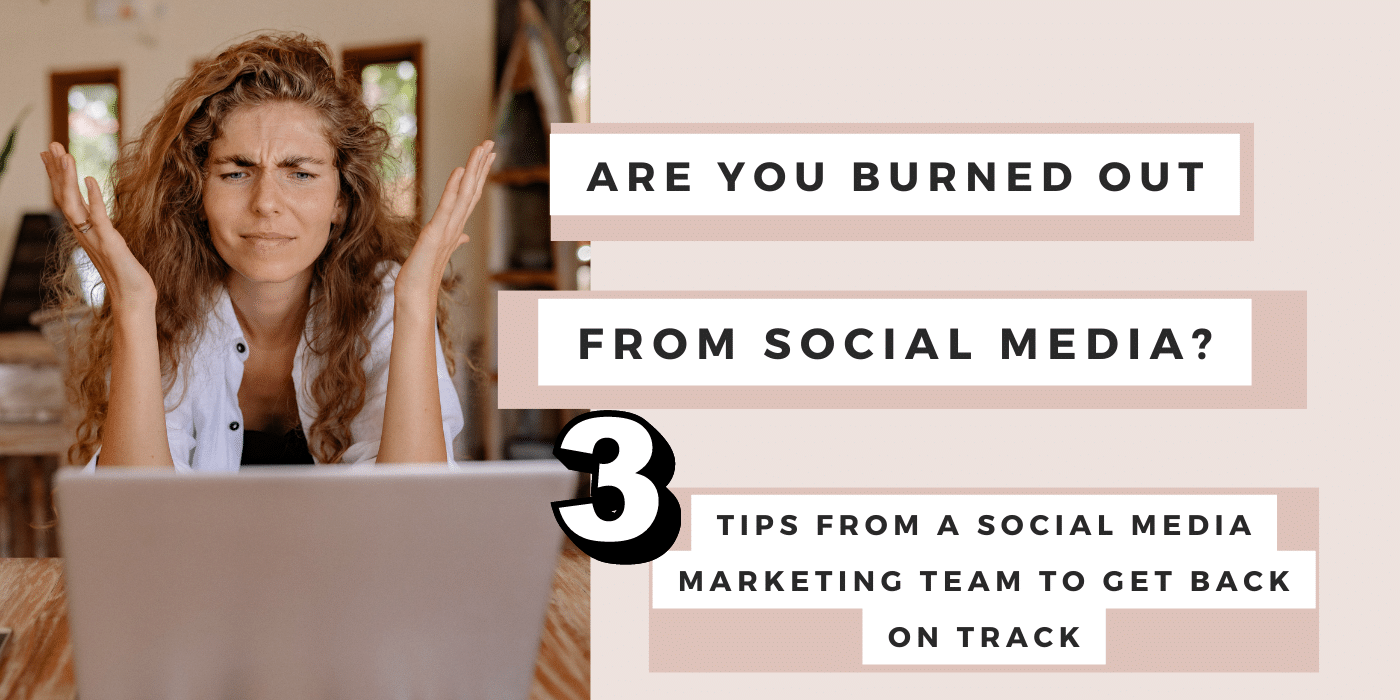
 Set Boundaries
Set Boundaries